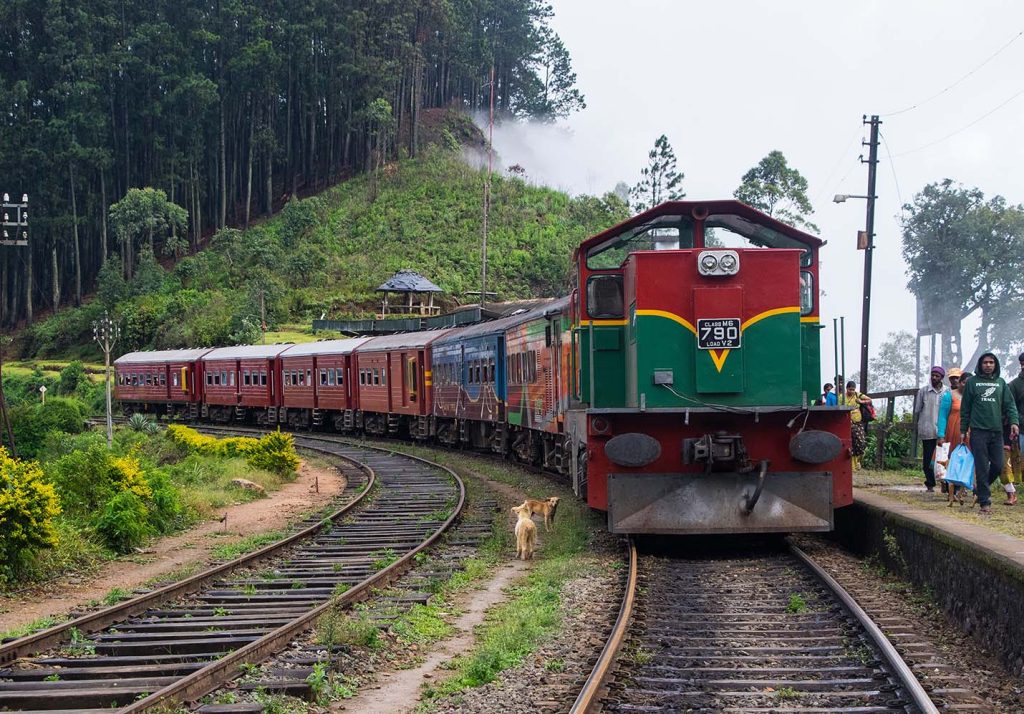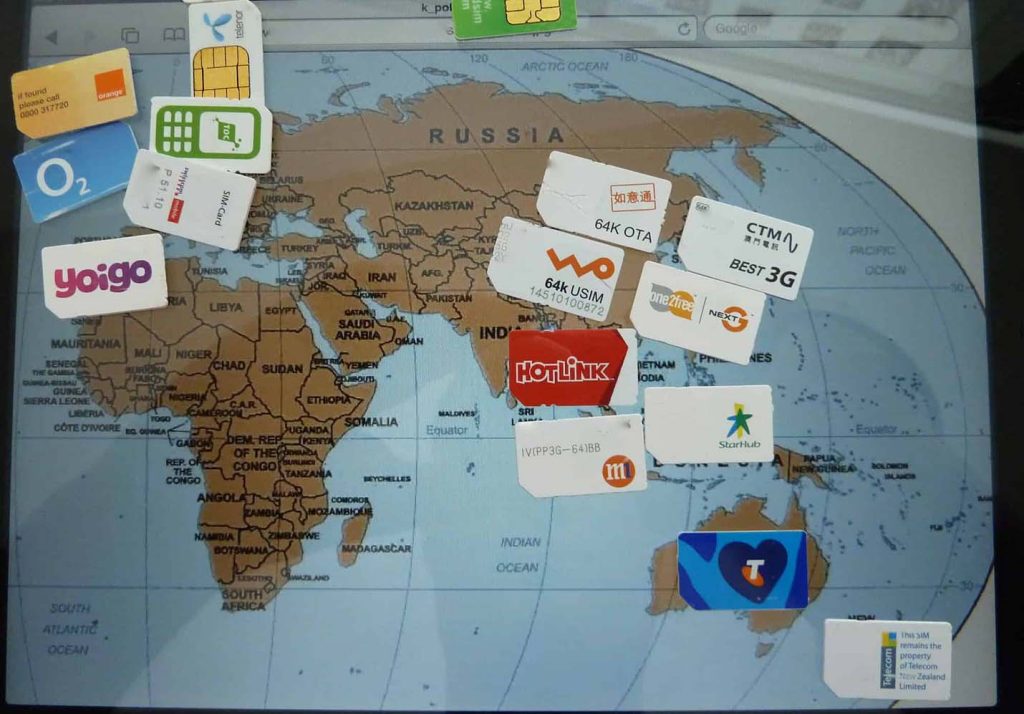Essential Travel Gear for Exploring Sri Lanka’s Diverse Landscapes:
Traveling to Sri Lanka presents a multitude of experiences amidst its diverse landscapes, rich culture, and unique adventures. Here are some essential tips and recommendations for a memorable trip:
Travel Essentials:
Clothing:
Light and Breathable Attire: Given the tropical climate, opt for clothing made from breathable fabrics like cotton or linen. Loose-fitting shirts, shorts, and skirts are ideal for staying cool in the heat.
Modest Attire: When visiting religious sites, it’s crucial to dress modestly out of respect for local customs. Both men and women should cover their shoulders and knees. Carrying a shawl or sarong is convenient for covering up when needed.
Comfortable Footwear: Invest in comfortable walking shoes as you’re likely to explore various terrains. Closed-toe shoes are recommended to protect your feet from uneven surfaces or insects during hikes or walks.
Weather:
Varied Climates: Sri Lanka experiences diverse climates due to its geographical diversity. Coastal regions typically have warm and humid weather throughout the year. In contrast, hill country areas can be cooler, especially in the evenings and mornings.
Rainy Seasons: Be aware of the rainy seasons, mainly from May to September on the southwestern coast and from October to January on the northeastern coast. Pack a lightweight waterproof jacket or umbrella if traveling during these periods.
Local Culture:
Respecting Customs: In Sri Lanka, many religious sites require visitors to remove shoes before entering. It’s essential to be prepared to remove footwear as a sign of respect. Additionally, covering shoulders and knees is considered polite when visiting temples or religious places.
Observing Etiquette: Avoid pointing your feet at Buddha statues or people, as it’s considered disrespectful in Sri Lankan culture. Always ask for permission before taking photos of locals or in religious sites.
Travel Gear:
Sun Protection: Sunscreen with a high SPF is crucial due to the tropical climate. A wide-brimmed hat, sunglasses, and a lightweight scarf for neck protection can be beneficial in hot and sunny conditions.
Insect Repellent: Given the presence of mosquitoes, especially in the evenings, carry mosquito repellent to avoid insect bites, particularly in rural or forested areas.
Reusable Water Bottle: Stay hydrated by carrying a reusable water bottle. Refill stations are available in many tourist areas, reducing plastic waste and ensuring you have water on hand.
Daypack: A small daypack is handy for excursions or day trips, allowing you to carry essentials like water, sunscreen, a hat, a camera, and any souvenirs.
Universal Adapter: Sri Lanka uses Type D electrical outlets. Ensure you have a universal travel adapter to charge electronic devices.
By adhering to these recommendations, you can ensure a comfortable and respectful journey while exploring the diverse and beautiful landscapes of Sri Lanka.
Currency Exchange & Budgeting:

Currency Exchange:
When it comes to currency exchange in Sri Lanka, it’s advisable to convert your currency at authorized exchange points or banks to get the best rates. These places often offer competitive rates with minimal service charges, ensuring you receive fair value for your money.
Additionally, automated teller machines (ATMs) are widely available in urban areas, making it convenient to withdraw cash in the local currency, Sri Lankan Rupees (LKR). However, it’s essential to check with your bank beforehand about any international withdrawal fees or currency conversion charges that may apply.
Budgeting:
Accommodation: From budget guesthouses and hostels to luxury resorts and boutique hotels, Sri Lanka offers diverse accommodation choices to suit various budgets. Prices can vary depending on the region and the level of comfort and amenities provided.
Food: Dining options in Sri Lanka are extensive and reasonably priced. Local eateries, street food stalls, and family-owned restaurants offer delicious and affordable meals, allowing travelers to savor authentic Sri Lankan cuisine without breaking the bank.
Transportation: Sri Lanka provides various transportation options, including buses, trains, tuk-tuks, and taxis, catering to different budgets. Public transportation, such as buses and trains, is cost-effective for long-distance travel, while tuk-tuks are convenient for shorter journeys within cities.
With careful planning and consideration of available options, travelers can manage their expenses efficiently in Sri Lanka, enjoying the country’s offerings without overspending. Whether you’re a budget-conscious traveler or seeking more luxurious experiences, Sri Lanka accommodates various financial plans, ensuring a memorable and pocket-friendly trip.
Getting Around:
Public Transportation:
Trains and buses stand out as economical and convenient modes of transport for travelers exploring Sri Lanka.
Trains: Sri Lanka’s railway system offers an affordable and scenic way to traverse the country. The train routes showcase picturesque landscapes, especially in regions like the hill country, providing breathtaking views of lush tea plantations, rolling hills, and quaint villages. The train journey from Kandy to Ella, for instance, is renowned for its stunning vistas.
Buses: Buses are a widely used and inexpensive means of transportation in Sri Lanka. They cover most areas across the country and are especially prevalent for short to medium distances. Although they might get crowded during peak hours, they offer a practical option for budget-conscious travelers.
Metro Card:
In Colombo, the “Rajagiriya” metro card provides a convenient way to travel on public buses and trains within the city and its outskirts. This card, akin to a prepaid travel pass, allows users to hop on and off buses and trains without the hassle of purchasing individual tickets for each trip. It streamlines the payment process and may offer slight discounts on fares compared to buying tickets separately.
The Rajagiriya card can be topped up at designated stations or kiosks, ensuring hassle-free travel around Colombo and its neighboring areas. It’s a recommended option for those planning to explore the city extensively using public transportation, providing both convenience and potential cost savings for frequent travelers.
Street Food & Safety:
Street Food:
Sri Lanka’s vibrant street food scene presents a multitude of flavors and delicacies that are a must-try for adventurous food enthusiasts.
Local Specialties: Indulge in quintessential Sri Lankan street food such as “kottu roti” and “hoppers.” Kottu roti, made from chopped flatbread stir-fried with vegetables, egg, and meat, offers a delightful blend of textures and flavors. Hoppers are bowl-shaped pancakes made from fermented rice flour and coconut milk, usually served with savory accompaniments like curry or sambal.
Vendor Selection: Opt for street food vendors with high customer turnover. These vendors tend to have fresher batches of food, ensuring both quality and safety. Observing locals flocking to particular stalls can often indicate popular and reliable options.
Food Safety:
Cooking Practices: When indulging in street food, ensure that it is cooked thoroughly and served hot. Hotter temperatures in food preparation can minimize the risk of foodborne illnesses. Avoid food that has been left at room temperature for extended periods.
Hydration: Opt for bottled water over tap water to prevent the risk of waterborne illnesses. It’s advisable to drink bottled or boiled water to stay hydrated throughout your travels.
Maintaining caution and attentiveness while enjoying Sri Lanka’s street food can ensure a delightful culinary experience without compromising on safety and hygiene. Embracing the local flavors and delicacies while following basic food safety practices allows travelers to savor the essence of Sri Lankan cuisine authentically.
Obtaining Local SIM Card:

For travelers visiting Sri Lanka, obtaining a local SIM card is a practical choice to stay connected and access data services during their stay.
Providers: Service providers such as Dialog and Mobitel offer SIM cards with data and calling packages suitable for tourists. These providers have widespread coverage across the country, ensuring connectivity in most areas.
Availability: Local SIM cards are conveniently available for purchase at Colombo’s Bandaranaike International Airport upon arrival, making it easily accessible for travelers. Additionally, they can be obtained from various outlets and stores throughout Sri Lanka, including convenience stores, supermarkets, and official service provider shops.
Registration: When purchasing a SIM card, be prepared to provide identification, such as your passport, as registration is required as part of the government’s regulations.
Data and Communication: These SIM cards usually offer diverse prepaid plans tailored for tourists, providing data for internet usage, local calls, and international calls at reasonable rates. The packages can vary based on data allowances and validity periods, catering to different usage needs.
Activating the SIM: After purchasing the SIM card, it needs to be activated by inserting it into your phone. Instructions for activation are typically provided along with the SIM card package or can be obtained from the service provider’s staff.
By acquiring a local SIM card from reliable service providers like Dialog or Mobitel, travelers can ensure a hassle-free and cost-effective means of communication and data usage throughout their exploration of Sri Lanka. Having a local number and access to data services facilitates easier communication, navigation, and staying connected during your travels.
Planning a 5-Day Itinerary:
- Day 1-2: Explore Colombo’s cultural sites like Gangaramaya Temple and visit the bustling Pettah Market.
- Day 3: Head to Kandy, visit the Temple of the Tooth and enjoy a cultural dance performance.
- Day 4-5: Discover the scenic tea plantations in Nuwara Eliya or embark on a safari in Yala National Park.
Travel Insurance:
- Insurance: Consider purchasing travel insurance from reputable providers like Allianz or World Nomads. It provides coverage for unforeseen incidents during your trip.
Personal Reflection:
Exploring Sri Lanka was a remarkable experience filled with cultural immersion, scenic beauty, and warm hospitality. The country’s diverse landscapes, from lush tea plantations to pristine beaches, offered a plethora of adventures. Embracing local customs and savoring the exquisite cuisine enriched my journey, making it an unforgettable travel experience. Planning and flexibility were key in maximizing my 5-day itinerary, allowing me to delve into the heart of Sri Lanka’s captivating essence.
